Today’s Parent: Curtis closes door on 75-year real estate business
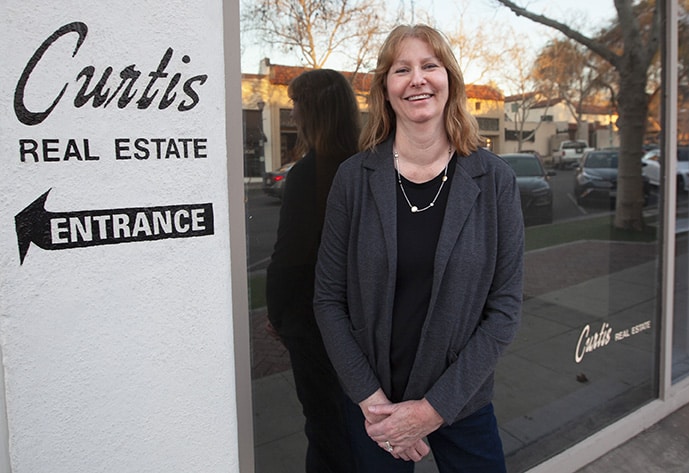
Real estate broker Carol Curtis recently announced her retirement and intention to close the family business, Curtis Real Estate, a mainstay in the Claremont Village for 75 years. Curtis’ grandmother Florence founded the business in 1947 followed by her son Gordon who joined the firm in 1955. Carol Curtis began her career in real estate shortly after her graduation fro Pitzer College in 1981. COURIER photo/Steven Felschundneff
by Steven Felschundneff | steven@claremont-courier.com
Seventy-five years ago Jackie Robinson joined the Brooklyn Dodgers. In Long Beach, Howard Hughes took the Spruce Goose on its only flight. Benjamin “Bugsy” Siegel was murdered in Beverly Hills. And the movie business fully entered the blacklist era when Congress cited the Hollywood 10 for contempt.
That same year, 1947, Curtis Real Estate officially opened its doors in a tiny shack in the Claremont Village near the corner of First Street and Harvard Avenue.
Like the Folk Music Center, Some Crust Bakery and Walters Restaurant, Curtis became a Claremont institution with three generations keeping the flame alive. Anyone who has been in the City of Trees for a few orbits around the sun might assume that it would always be part of the Village’s fabric. So, it came as a shock to many when current owner, Carol Curtis, announced last month that she intended to retire and would permanently close the real estate office.
“It’s a double-edged sword,” Curtis said about the decision to retire. “It’s exciting to think about things being new and different and a more relaxing lifestyle, but of course it’s hard to close the doors on the family business. But it’s been a great run.”
Her longterm plan had been to work a few more years, but COVID and its complications changed the calculus.
“I had several salespeople decide to leave the business altogether and one of my salespeople passed away about a year ago. So when you have a small office and four people are suddenly not there … it seemed like maybe it was a good time to speed up the retirement instead.”
Seventy-five years ago, Florence and Maurice Curtis bought an insurance business located at 211 W. First St. Soon after, they added real estate sales to balance the business model and Curtis Real Estate was born. However, a short time later their marriage dissolved, and by 1950 Florence became the sole proprietor.
By the mid 1950s, she outgrew the little building on First and hired renowned modernist architect John Galbraith, a family friend, to design a spiffy new office at 107 Harvard — the exact location where Curtis Real Estate operated until just a few weeks ago.
Following college and serving in the Korean War, Carol’s father, Gordon Curtis, taught elementary school for a year or two in Azusa, but decided teaching fourth grade wasn’t for him. So in 1955 when Gordon was still in his 20s, Florence said “Why don’t you come join me in the real estate business?”
Apparently it was a good fit.
“Gordon Curtis enjoyed real estate so much that family beach trips often ended in tours of the area’s homes,” the COURIER reported in 1993, one week before Gordon was grand marshal of the Claremont Fourth of July parade.
In that same article then-councilmember Judy Wright said: “He used to consider it a matter of pride matching a house with a family. He considered it contributing to the quality of life for that family.”
Like most of Southern California, and the entire country, Claremont housing in the 1950s and 1960s was segregated. Gordon Curtis played a role in integrating the town when, in the mid-sixties, he sold a home on Northwestern Drive to Myrlie Evers-Williams shortly after her husband Medgar was murdered in Jackson Mississippi.
“My children and I were the second family of color to move here,” Evers-Williams recalled during a panel discussion at Pomona College in 2018. “There were certainly people who disagreed with our being in this city, in this town, there were a few threats.”
“He got death threats for selling her that house, absolutely, and he went door to door and said who he was and that he was selling the house to her and that she was a wonderful person and he hoped that they would welcome her,” Carol Curtis said.
Florence retired in 1979, at age 79, and moved to Mt. San Antonio Gardens and two years later, Carol joined the family business after graduating from Pitzer College with a fine arts degree.
“It was a bad economy, and a tough time to find a first job and I didn’t really know what I wanted to do, and my dad just needed some office help. So I figured I will just do this temporarily until I figure out what I want to do,” Curtis said.
But Gordon developed some health problems and had to retire early, so by the time he died in 1994, Carol Curtis was ready to take over the real estate business.
“I did work with him for quite a few years, which was good because I had the opportunity to learn so much. At times I wasn’t sure I wanted to be a salesperson but that is why I always kept a good staff of salespeople so I could focus more on managing the office. Which also was easier because I had three kids,” Curtis said.
Curtis Real Estate had a long relationship with the COURIER, including each of the three generations running regular advertising. In the 1960s then-Publisher Martin Weinberger approached Florence Curtis to say he was going to start running pictures with real estate ads.
Her reaction came as a bit of a surprise to Weinberger. “Don’t do that. That is a terrible idea, then people will know where the house is.”
That perfectly illustrates how much the real estate business has changed, because now selling a home practically requires the best photography. Even during Carol Curtis’ tenure the business has changed, and not necessarily for the better.
“Back in the ‘80s and ‘90s, Realtors spent a lot of time with people showing houses. It was a more fun process, buyers were happy, it was exciting. Now I think people are kind off stressed out because of the competitiveness. A listing might get 20 or 30 offers. People look and look and have to pay tens of thousands over the asking price. They’re not having fun. And so the Realtor isn’t having fun either,” Curtis said.
Prices, of course, are another big change as Curtis recalled that at one time $100,000 seemed like a lot of money for a home.
Another big change is the amount of paper work required to sell a home. Curtis said that in the 80s, a purchase contract was two pages, now it’s 16 pages and the entire sale file would be a half inch if printed out. All of which means everyone has to sign their name a lot.
“At first [Curtis] was insurance and real estate. It was so simple you could do both,” Curtis said.
Curtis has no immediate plans for her retirement except to spend more time with friends and family, including her husband, Pat Burson, and 89-year-old mother Sallie. She is looking forward to a much shorter to-do list, not setting an alarm in the morning and might rediscover her love of water color painting.
“That’s actually something that would be fun to get into. I haven’t had much time in the 40 years between now and my senior art show,” she said.
As for the iconic mid-century building where Curtis Real Estate operated for all those years? It’s going to be an art studio and gallery.



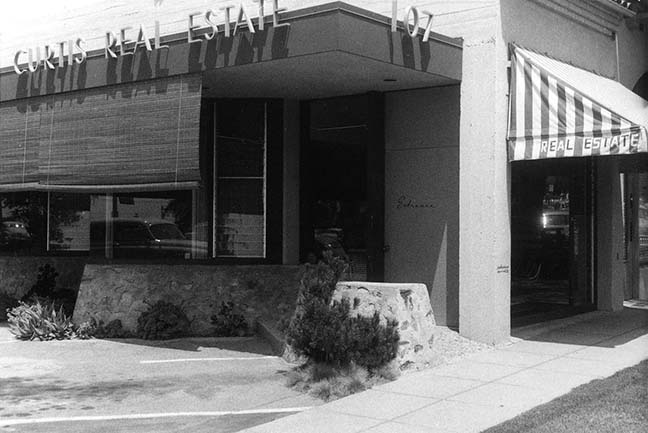
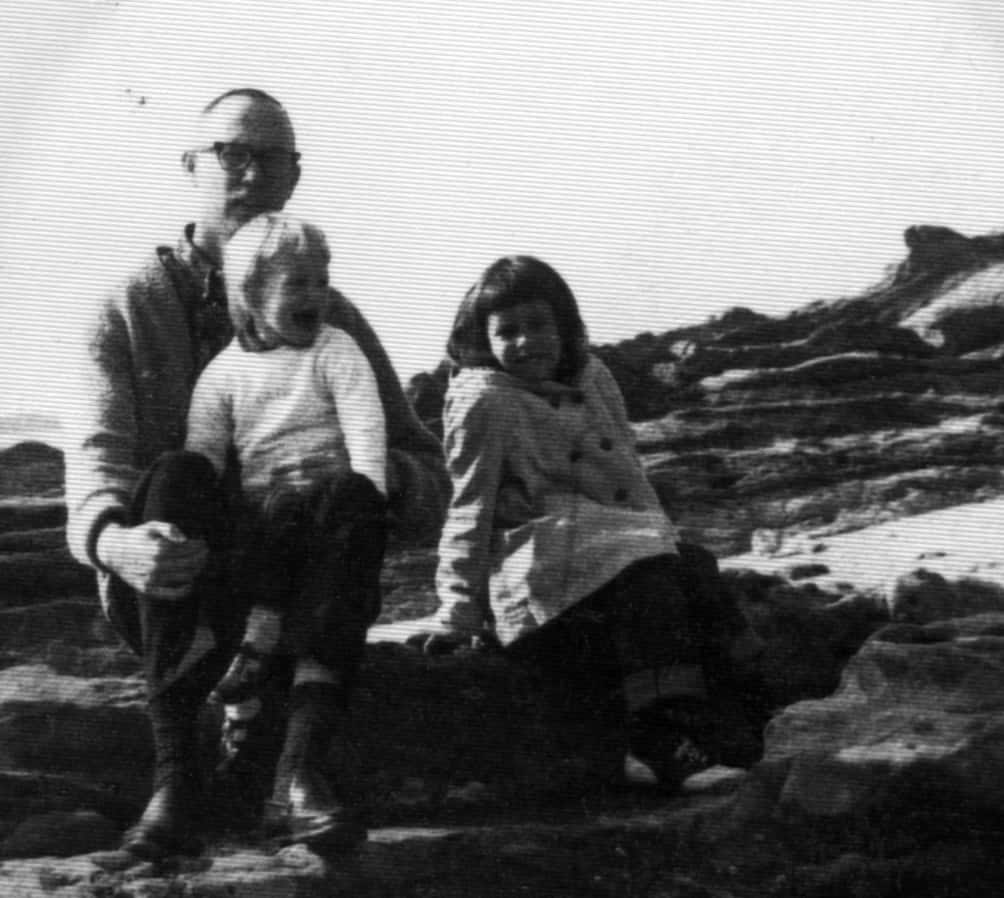

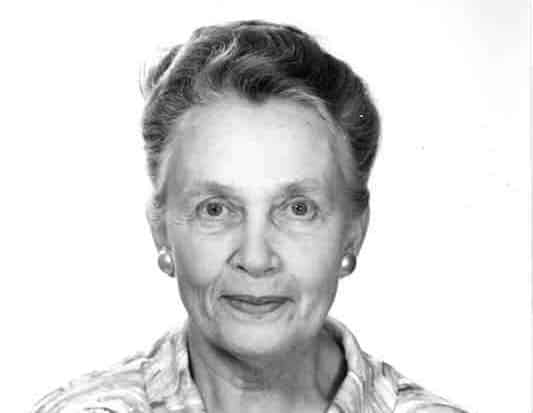
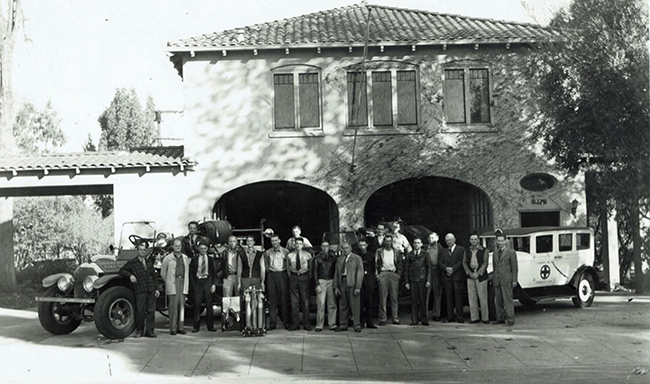






0 Comments
Trackbacks/Pingbacks